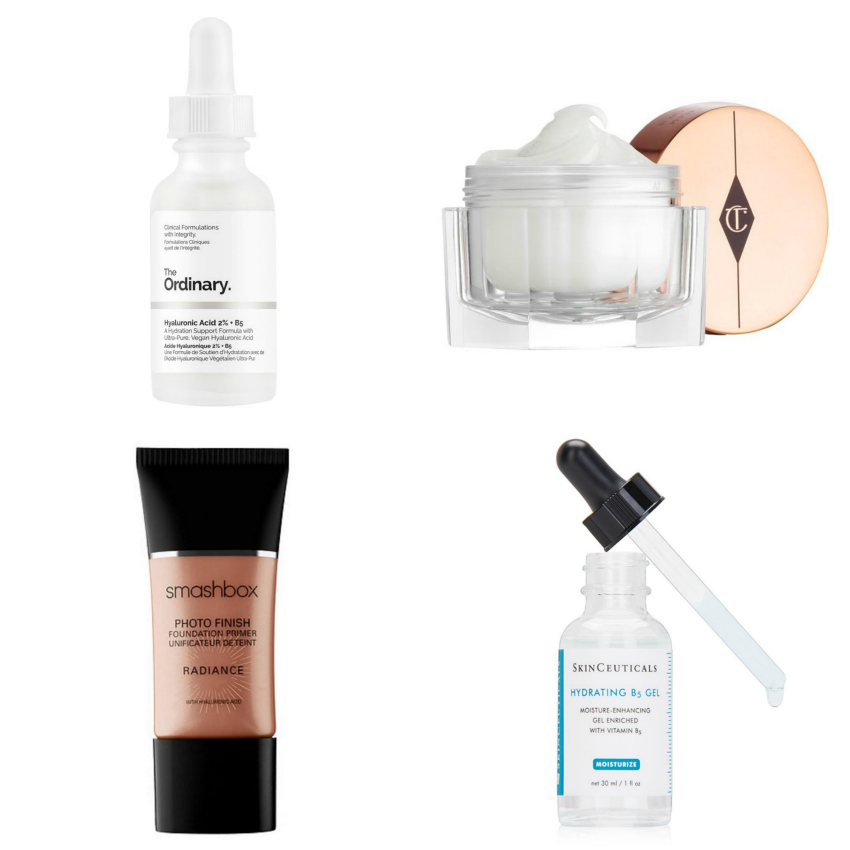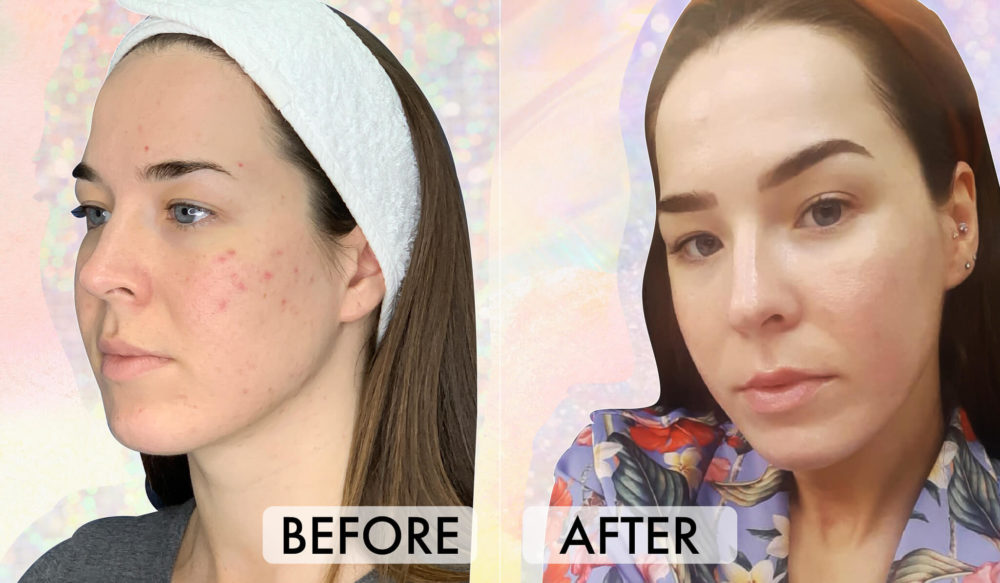Everything You Need To Know About Hyaluronic Acid
 Source: Getty Images
Source: Getty Images
There’s a lot of hype around hyaluronic acid; it’s basically the new It-girl of the beauty world. It’s popping up in skincare creams and serums everywhere, and it’s touted as the miracle ingredient everyone should include in their skincare routine. But there is a reason hyaluronic acid is awesome – or HA for the initiated – it’s going to do wonders for your skin. We’re talking ahhhhmazing plumping results and crazy hydration!
What even is Hyaluronic Acid?
Without taking you back to chemistry class, it’s an intensely moisturizing molecule responsible for plumping and moisturizing the skin. It occurs naturally in our bodies to lubricate eyes and joints, help retain collagen, and 50% of it lives in our skin tissue. The awesome jelly-like substance is a humectant, which means it draws water from the environment into your skin, making it incredibly hydrating.
Why we want as much Hyaluronic Acid as we can get…
There’s one flaw with HA, our bodies slowly stop producing it the older we get; hence our skin can tend to get drier, fine lines appear, and eventually, wrinkles and saggy skin ensue – fun times! That’s where hyaluronic acid beauty products come in to play.
How Hyaluronic Acid works
HA is able to hold huge amounts of moisture (1,000 times its weight in water), making it an incredibly good hydrater for your skin when applied topically. Simply put, it turns your skin into a heavily saturated sponge, and the more moisture it holds, the plumper your skin gets and the less visible fine lines become.
How Hyaluronic Acid replaced collagen fillers
Too large to be absorbed into the skin topically, HA broke into the beauty world as a dermal filler and was quick to replace collagen; HA lasted longer than collagen, and it was less likely to cause reactions. Hyaluronic acid fillers (like Juvéderm and Restylane) look more subtle and can last between three to 12 months, after which your body will gradually absorb the filler, and the results will fade. It’s also reversible, so if you don’t like the effect, the enzyme hyaluronidase can be used to dissolve it.
How you can incorporate Hyaluronic Acid into your beauty routine
Chemists have found a way to decrease the size of HA molecules so they can penetrate deeper into your epidermis and plump your skin where it’s most needed. The result is a substance with a lower molecular weight called Sodium Hyaluronate, the ingredient you’ll see listed on Hyaluronic Acid products.
How to use Hyaluronic Acid
Sodium Hyaluronate is usually listed alongside water because the two ingredients bind together, delivering moisture into your skin. To make the most out of hyaluronic acid as a plumping ingredient, use it as a serum and apply it on damp skin, then apply a moisturizer on top. This will seal in the moisture and also provide moisture for the HA to absorb.
Our top Hyaluronic Acid picks:

The Ordinary’s Hyaluronic Acid 2% + B5, $11, is possibly the most affordable option on the market and offers three types of HA at different molecular levels, so it penetrates the epidermis as well as moisturizes the surface. For a super luxurious moisturizer, Charlotte Tilbury’s Magic Cream, $91, is like a splash of water in the face, but better! As well as sodium hyaluronate to instantly reduce fine lines, it packs a ton of major skincare ingredients that’ll give you a luminous glow. Too lazy with creams and serums? Smashbox’s Photo Finish Foundation Primer Collection, $39, boasts a healthy dose of sodium hyaluronate to hydrate while you prep. Skincare geniuses SkinCeuticals also do a Hydrating B5 Gel, $82, which should be applied before moisturizer to boost skin hydration and give maximum anti-aging benefits.
Have you tried HA yet? Let us know!























Leave a comment